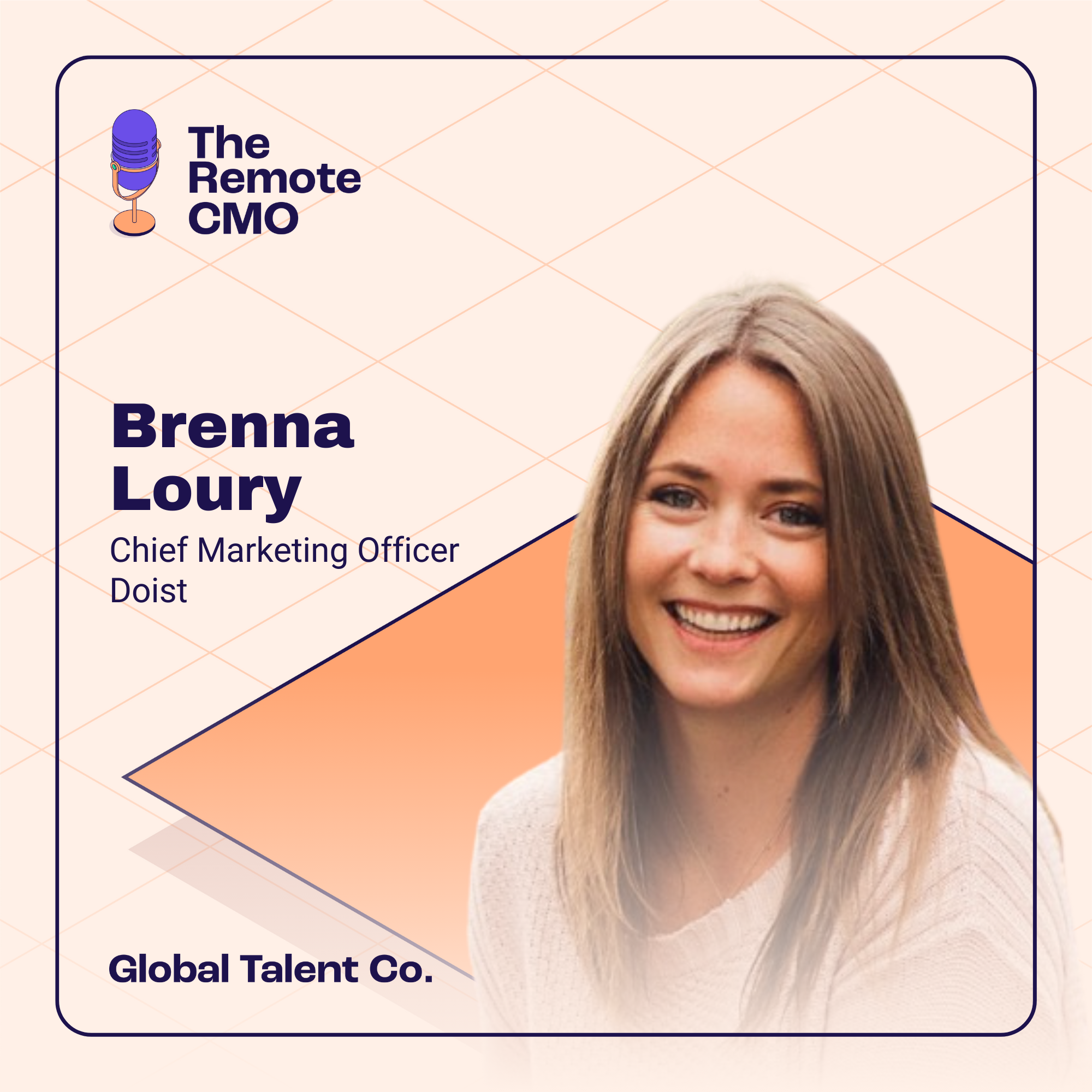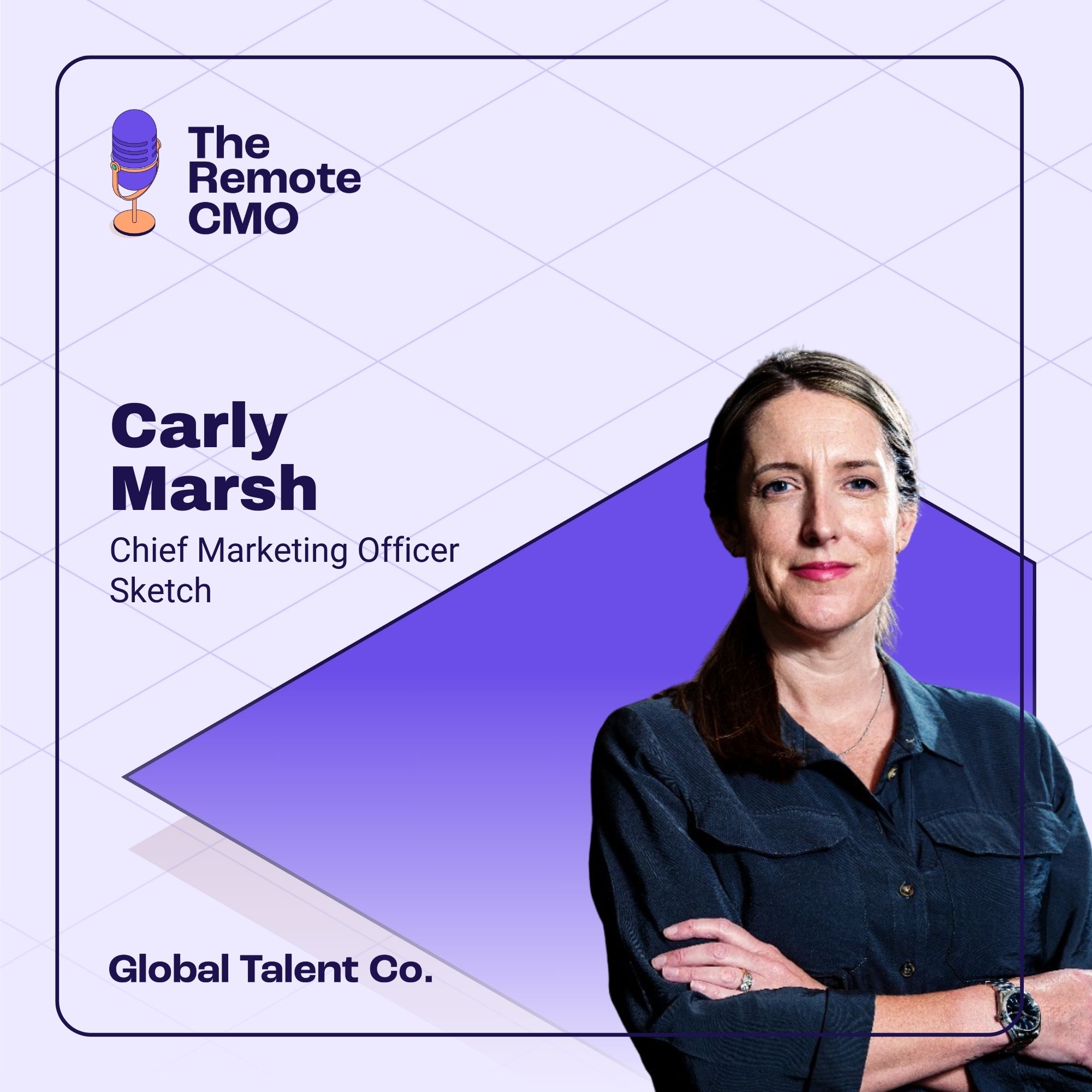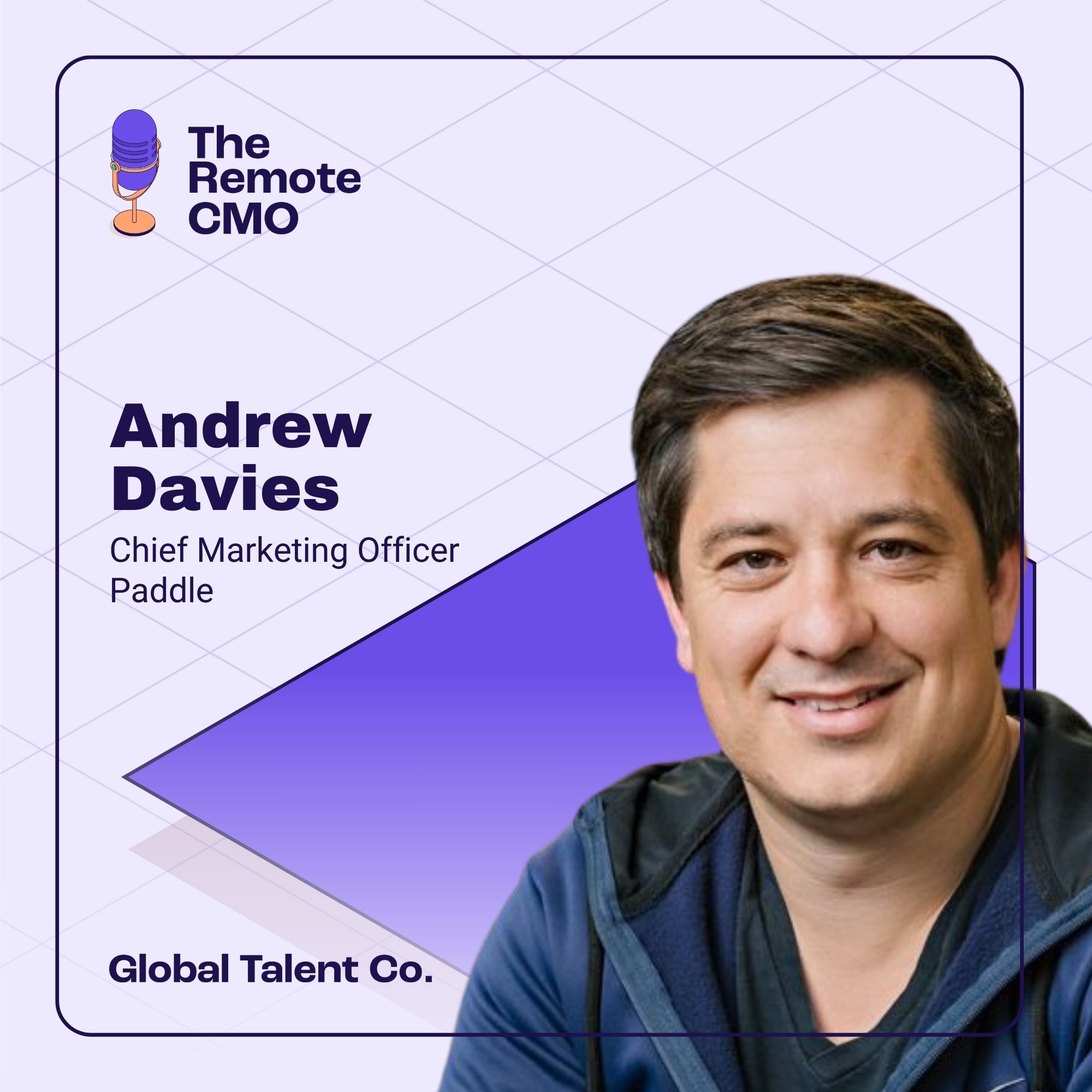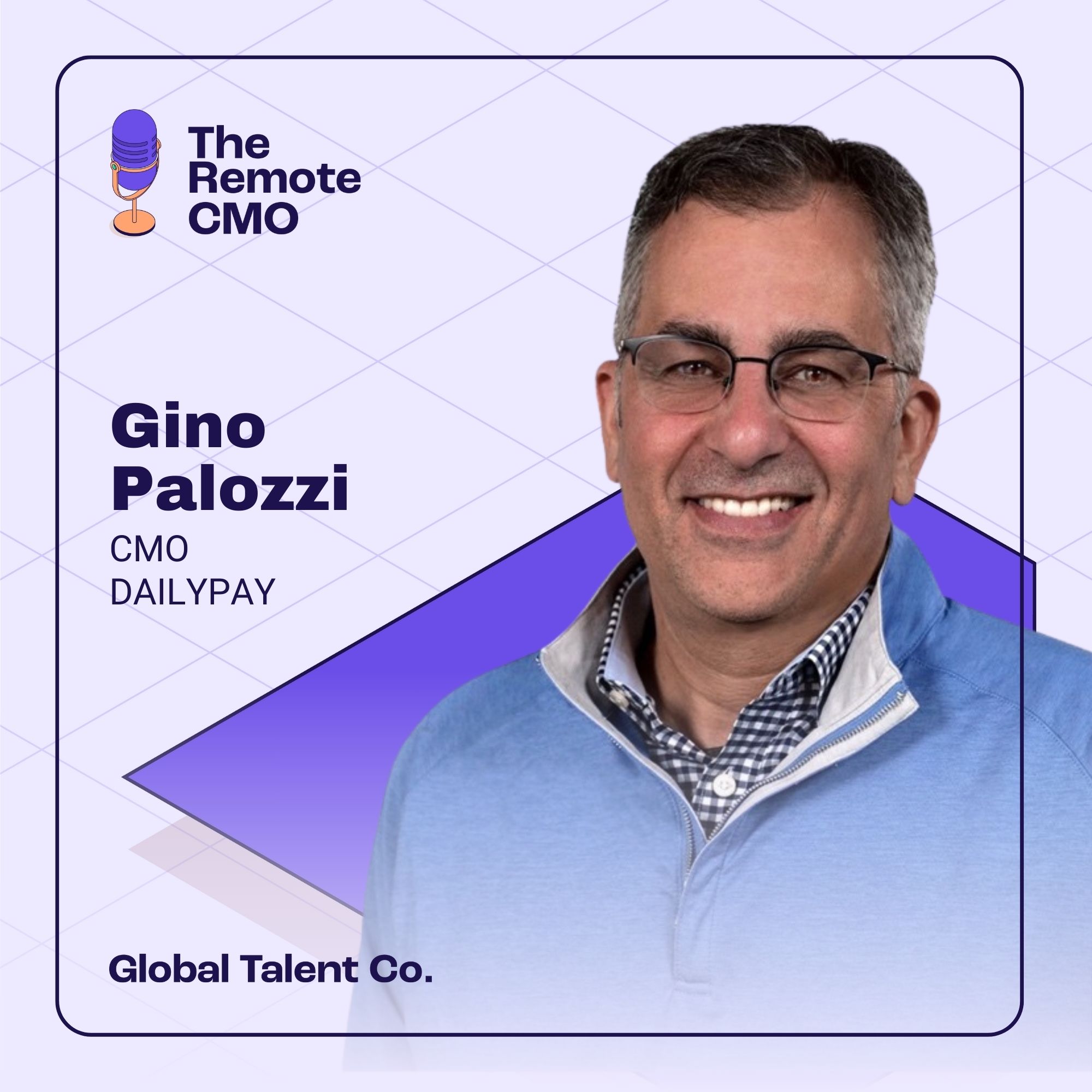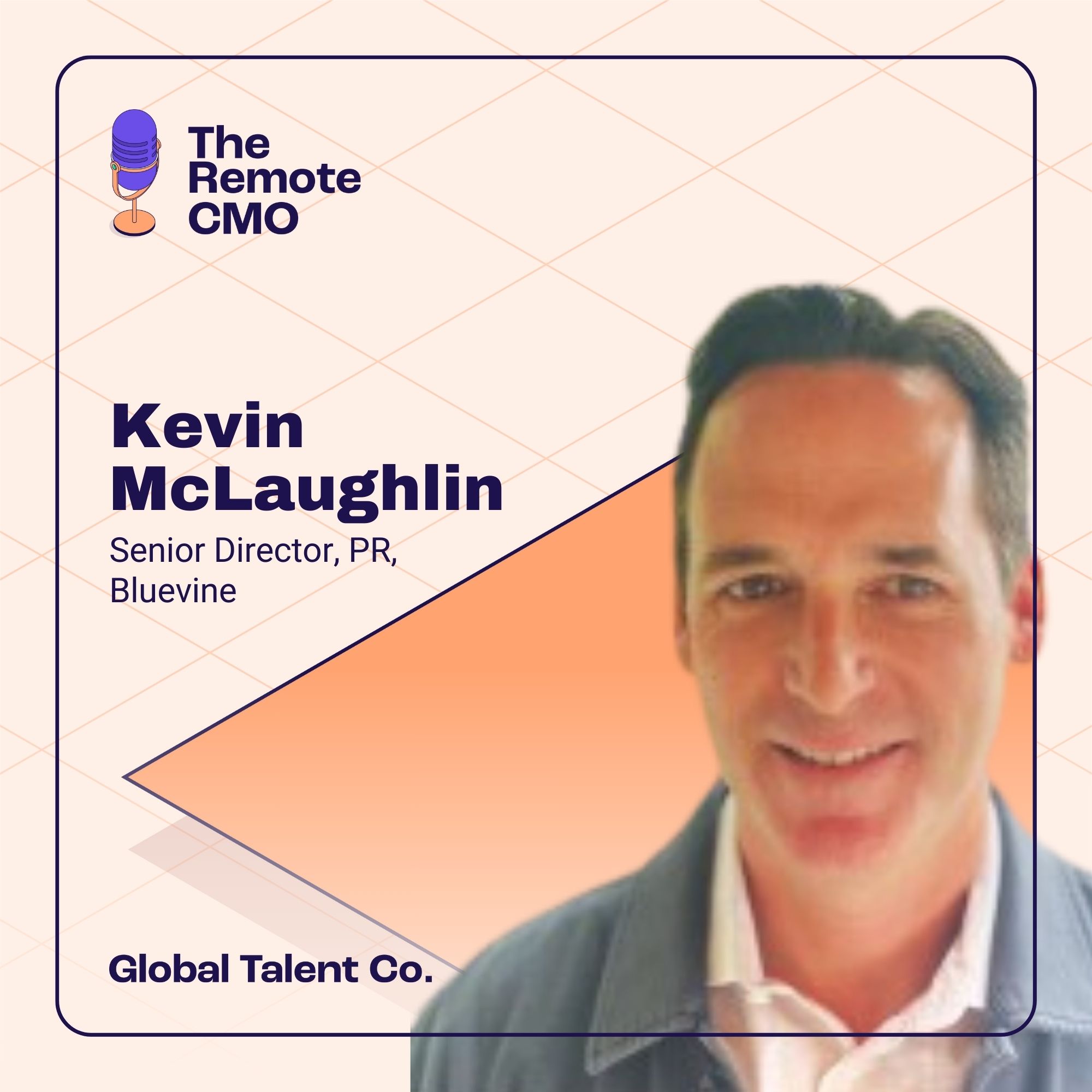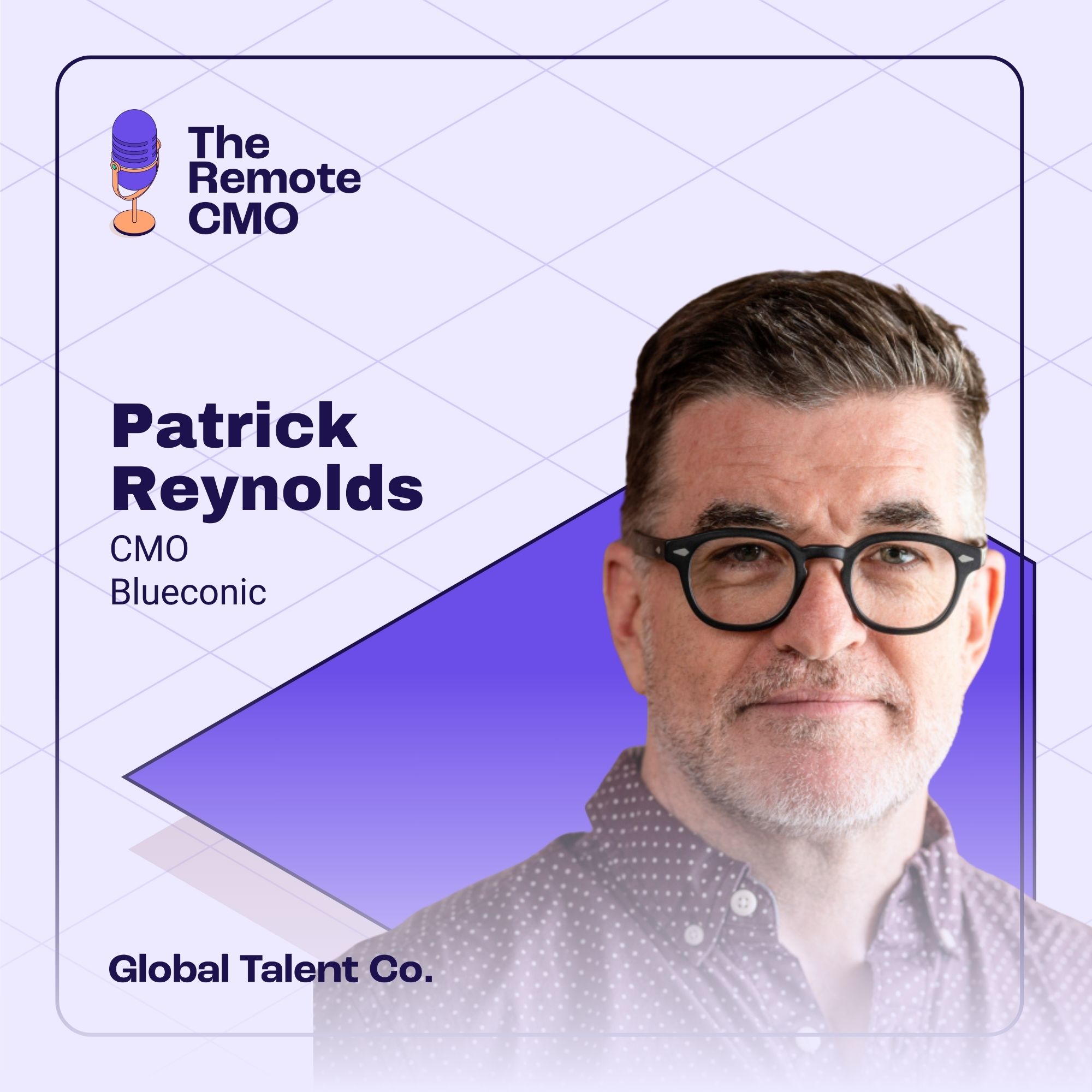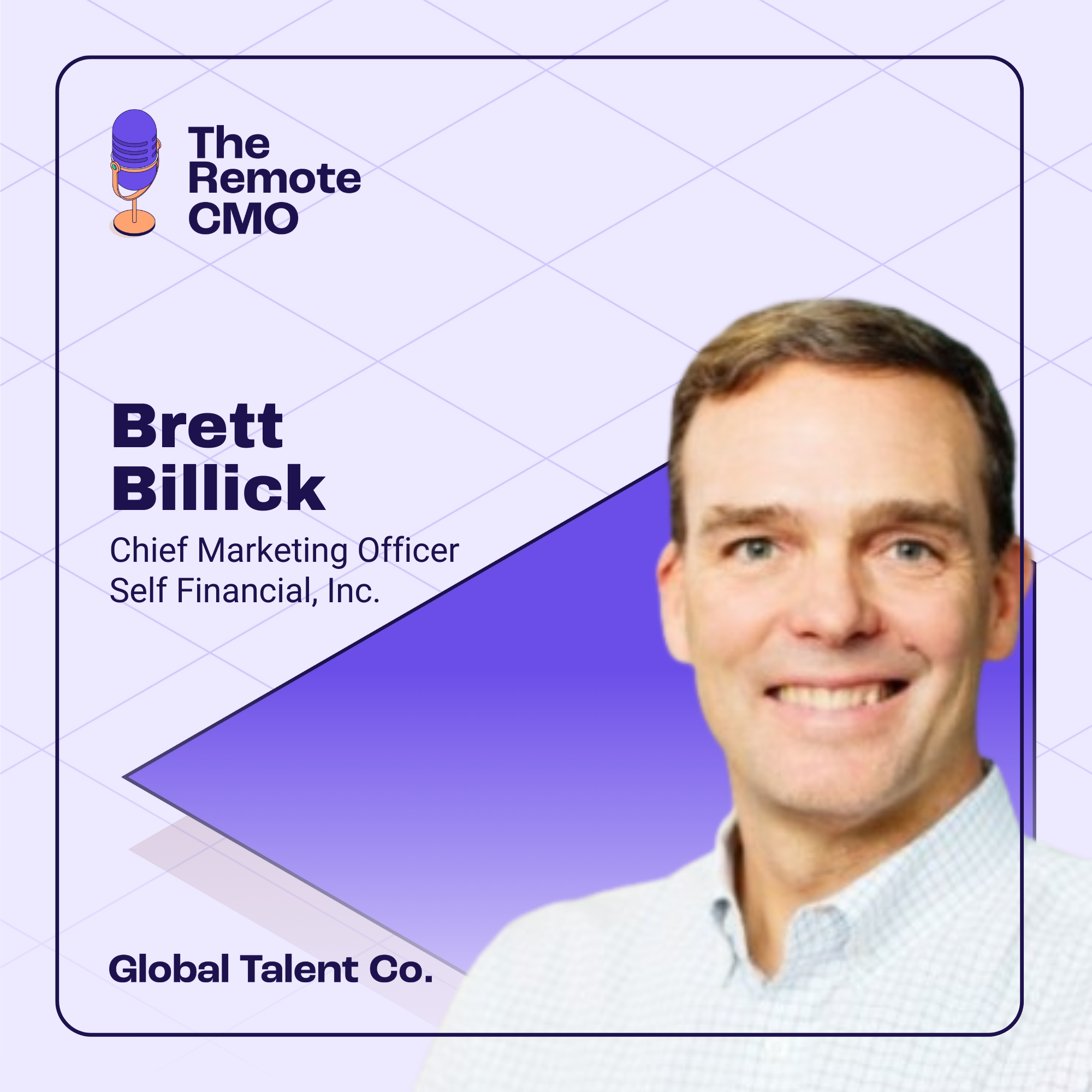Welcome to another episode of The Remote CMO, the show dedicated to helping marketing leaders build, manage, and lead their remote and hybrid teams. In today’s episode, we’re speaking with Tobias Haude, Marketing Director of hear.com, the world’s fastest-growing hearing care company.
Here are the most interesting points from our conversation:
- Tobias’s journey from studying business and initially viewing marketing as his worst subject to developing a passion for the field and its connection to strategy, communication, data, and entrepreneurship.
- The evolution of hear.com from a 20-person startup in Berlin to a global company with 1,200 employees and partnerships with over 5,000 local audiologist shops, each with 3-4 employees.
- The company’s long-standing hybrid work model, with Zoom rooms built as early as 2016, allowing for a seamless transition during COVID-19 while recognizing the importance of in-person collaboration for creativity and problem-solving.
- The fluctuating nature of Tobias’s direct reports, with a current focus on 30-35 people in Europe and a rejection of traditional org charts in favor of a more fluid structure.
- The challenges of driving creativity in a hybrid environment, emphasizing the need for an inclusive culture, effective communication, and robust technology setup to engage both in-person and remote participants.
- The importance of establishing trust and personal connections during the onboarding process before relying heavily on remote collaboration, and the need for discipline and effort from both in-person and remote team members during meetings.
- The company’s approach to sourcing talent through active searches on LinkedIn, local networking events, and employee referrals, with a focus on identifying target companies with strong marketing teams.
- The selective use of agencies for specialized skills and diverse perspectives, particularly in areas like long-term communication and brand strategy for the 50+ target audience.
- The impact of AI on marketing roles, with Tobias noting that designers and copywriters who rely too heavily on AI tools may see their skills deteriorate, while AI has proven transformative in areas like customer service and conversational marketing.
- The key advice for new marketing leaders in a hybrid environment: consider the company culture, problem complexity, and personal fit before deciding if a remote or in-person setup is best suited for delivering results and driving team success.
5 actionable takeaways:
- Invest in Inclusive Technology and Processes: To effectively manage a hybrid team, ensure that your technology setup, such as Zoom rooms and collaboration tools, enables equal participation from both in-person and remote team members. Establish clear guidelines and expectations for communication and engagement during meetings to foster inclusivity.
- Prioritize Trust-Building During Onboarding: When bringing on new hires, dedicate time and resources to building trust and personal connections through in-person interactions before relying heavily on remote collaboration. This foundation of trust is crucial for maintaining a cohesive and productive hybrid team.
- Leverage Local Networks for Talent Sourcing: While online platforms like LinkedIn are valuable for identifying potential candidates, don’t underestimate the power of local networking events, industry meetups, and employee referrals. Encourage your team to actively engage with the local marketing community to discover top talent and build relationships.
- Be Selective with Agency Partnerships: When deciding whether to hire an agency or bring a skill set in-house, consider the specific expertise required and the potential for gaining diverse perspectives. Seek out agencies with deep experience in areas that complement your team’s strengths, such as long-term communication and brand strategy for specific target audiences.
- Evaluate AI’s Impact on Skill Development: As AI tools become more prevalent in marketing, be mindful of their potential impact on your team’s skills and development. Encourage designers and copywriters to use AI as a supplementary tool rather than a crutch, and identify areas where AI can drive significant improvements in productivity and customer engagement, such as conversational marketing.




